This article on Chihuahuas is part of a series to highlight the Big Picture of health, welfare, and breeding and to help develop Globally Relevant Integrated Health Profiles (GRIHPs) for many breeds. See IPFD's Get a GRIHP! on Breed Health Initiative
This is a 'living document' - so if anyone has more material to share or point us to - please let us know!

The Chihuahua at a Glance
Chihuahua is the smallest dog breed in the world. Originating in Mexico, the breed became fashionable in the late 19th Century. Nowadays, many celebrities have Chihuahuas and have increased the visibility and demand of the breed – not always a good thing.
Chihuahuas are loyal and charming dogs. Despite of the small size – or indeed because of it – they are also strong willed and possess big-dog-attitude. As such, they need proper handling and training. Like The American Kennel Club’s website states: ‘Even tiny dogs require training, and without it this clever scamp will rule your household like a little Napoleon.’
The breed comes in two varieties: the smooth coat and the long coat.

What Do Caretakers Need to Know?
As very small dogs, Chihuahuas are prone to accidents – often deadly. The breed is not recommended in families with young children.
Beware of merle Chihuahuas – merle means spotted or mottled coat pattern – as they may have varying degrees of vision issues and hearing loss. Merle is not an accepted colour for the breed. In particular, matings between two merle dogs have high risks and should thus be avoided.
Many of the breed’s health problems are due to extreme conformational traits and extremely small size. Acquiring the puppy from a responsible breeder is crucial.
Key Hereditary Health Conditions
-
Dental: periodontitis, missing teeth, malocclusion
-
Neurological: Chiari-like malformation and syringomyelia; hydrocephalus; epilepsy; canine epileptoid cramping syndrome (CECS)
-
Immune-mediated brain infections: granulomatous meningoencephalitis (GME); necrotizing meningoencephalitis (NME); meningitis (meninges infection)
-
Orthopaedic: patella luxation and Legg-Perthes disease
-
Cranial: abnormal jaw length and width, open fontanel, cleft palate, cleft lip
-
Dystocia
-
Ocular: cataracts, PRA, distichiasis, caruncular trichiasis
-
Cardiac: patent ductus arteriosus, mitral valve disease
-
Hypoglycaemia
Physical Exaggerations – Instructions for Conformation Judges
Breed-Specific Instructions of the Nordic Kennel Union
FCI GROUP 9 – Companion and Toy Dogs
Excerpts:
When dwarfism is carried to the extreme it leads to a devitalizing overall weakness and poor skeletal and muscular development. Further exaggerations of dwarfism would give rise to serious health problems. Dwarfism can also cause ribcage malformations, shortened or open ribcages with short sternal bone, rib deformations and narrow ribcages. Powerless shuffling movement is seen in some of the breeds as an effect of poor muscular condition.
Several of the breeds have protruding eyes in shallow eye sockets disposing for eye injuries.
Open fontanel is an anomaly and a disqualifying fault in all breeds.
Wry lower jaw and/or lame tongue, so called paralyzed tongue, are disqualifying faults.
A deviant pattern of movement in some breeds with frantic scratching behaviour and signs of unmotivated pain when on leash may indicate a serious neurological disorder, syringomyelia.
Chihuahua, smooth-haired and long-haired - Areas of risk are all related to exaggerated dwarfism:
-
Mouth: Problems like underdeveloped muzzle giving rise to faulty bite, dentition and jaws. Also canine teeth running up into the roof of gums.
-
Paralyzed tongue.
-
Eyes: Protruding and set in shallow eye sockets which increase risk of eye injuries.
-
Hindquarters: Weedy and unsound in construction.
-
Open fontanel is now a disqualifying fault from having been a characteristic feature.
Particular attention must be paid to the formation of the skull and the jaws and the general anatomy; “Hind legs well-muscled with long bones”. A minor dimple noticeable as the result of the closure of the fontanel is not a disqualifying fault.
Read more here >>
Breed Watch UK
Points of concern for special attention by judges:
-
Incorrect dentition
-
Wry jaw
-
Retained puppy teeth
-
Misplaced teeth
-
Protruding tongue because of incorrect teeth
-
Missing teeth
-
Incorrect bites
-
Excessively short muzzles
Read more here >>
Statistics (Morbidity and Mortality)
Agria - Swedish Breed Profiles
We recommend that you download the Agria Breed Profiles for the Chihuahua and study them for full available information. Some excerpts are shown below.
Download the Profiles for 2006 – 2011 and 2011 – 2016 here (Access is free, but sign-in to DogWellNet is required)
The great benefits of the Swedish Insurance Data are that they include almost 40% of the national population of dogs, and so are very representative. Note that animals at very old ages are likely under-represented. Most importantly, information is available on all insured dogs, not simply those who get sick or die.
Extracts from Veterinary Care Events - MORBIDITY
Relative Risk Morbidity of Chihuahuas compared to All Breeds (Chart 1): 0.89 (The risk in the breed is lower than for All Breeds).
Most frequent general causes: digestive, locomotor, skin, injury (Chart 3).
Most frequent specific causes: vomiting/diarrhea/gastroenteritis, anal/perianal, teeth, knee/patella (malformation or developmental), locomotor (Chart 5).
Largest relative risks compared to All Breeds (Chart 6 – not included here):
-
fall from great height: 6 times the risk in All Breeds,
-
hypoglycemia: approx. 5.5 times the risk in All Breeds,
-
knee/patella: 5 times the risk in All Breeds, and
-
trauma/neuro: 5 times the risk in All Breeds.
More Info
Extracts from Agria Breed Profile (Life) - MORTALITY
Median Age (years) at death: 7.3, almost the same as in All Breeds (7.4).
Relative Risk Mortality of Chihuahuas compared to All Breeds (Chart 1): 0.68. (The risk in the breed is much lower than for All Breeds).
Most frequent general causes of death (Chart 3): injury, neurological, heart; all more common than in All Breeds.
Most frequent specific causes of death (Chart 5): skin trauma, hit by car/train/vehicle, symptom of heart failure, epilepsy, and neurologic (unspecified). For trauma, Chihuahuas have > 5.5 times the risk in All Breeds and for heart failure and neurological, 3-4 times.
More Info
Finland: Mortality Data 2014-2023
The average life expectancy according to the Finnish statistics is 10 years.
The most common specified causes of death are heart disease (at 10 years 11 months), old age (13 y 5 mo), accidents (5 y 10 mo) and tumor/cancer (10 y and 9 mo).
The high number of accidental deaths lower the life expectancy significantly.

Source: Finnish Kennel Club breeding database
Life Expectancy
Health Screening
DNA Tests – Harmonization of Genetic Testing for Dogs
 The Harmonization of Genetic Testing for Dogs (HGTD) is a large collaboration project run by the IPFD. The HGTD includes 82 academic and commercial genetic test providers (GTPs) in 26 countries.
The Harmonization of Genetic Testing for Dogs (HGTD) is a large collaboration project run by the IPFD. The HGTD includes 82 academic and commercial genetic test providers (GTPs) in 26 countries.
Our searchable database currently holds information on 300+ conditions/traits across all breeds/types.
Breed Relevance Rating (BRR) indicates the level of available evidence supporting the application of a specific genetic test for a specific breed/type:
 Some, moderate or strong evidence from available research. The test may be meaningful or recommended for this breed.
Some, moderate or strong evidence from available research. The test may be meaningful or recommended for this breed.
 Currently no evidence of relevance for the use of this test in this breed, or the test is not known in this breed. This rating should be expected to change as evidence becomes available.
Currently no evidence of relevance for the use of this test in this breed, or the test is not known in this breed. This rating should be expected to change as evidence becomes available.
 All current available evidence has been reviewed, but relevance is inconclusive, and/or the clinical form of the disease has never been seen in this breed.
All current available evidence has been reviewed, but relevance is inconclusive, and/or the clinical form of the disease has never been seen in this breed.
 All current evidence indicates that the test is not meaningful or recommended in this breed.
All current evidence indicates that the test is not meaningful or recommended in this breed.
More information on the HGTD project in this link.
See the HGTD – DNA tests for Chihuahua here
Summary:
Most health concerns for the breed do not have a genetic test, such as dental and neurological concerns. Currently, breed-associated disease tests with evidence of relevance include:
-
Chondrodysplasia (CDPA)

-
Chondrodystrophy (CDDY and IVDD)

-
Myoclonus Epilepsy of Lafora

-
Neuronal Ceroid Lipofuscinosis 7 (NCL7)

In addition, there are several tests available to chihuahuas (all types) that may be important but do not currently have breed-specific associated research, or may be important to breeders in terms of other traits such as coat colour, length, or patterns. In some countries, there may be differences in priorities for longhaired or smooth haired.
It is important to note that there are other genetic tests for both diseases and traits that may be relevant to the breed, but either do not currently have breed-specific research or are under investigation. It is also important to note that the tests that are relevant for the breed can change over time, and different populations will have different priorities for concerns.
♦ BIG PICTURE THINKING ♦ Please take into consideration - Most of the conditions with genetic tests are rare in the general population, but valuable for breeders to use to efficiently reduce risks while supporting good genetic diversity in the breed as a whole. Also be aware that there are many DNA tests that are available for ALL breeds, that while the test itself is valid, the condition may not be a major health concern or included in health strategies for every breed. See the HGTD for a full list of DNA tests including "Trait" and "Parentage" tests.
There are a number of tests available, particularly tests for traits such as coat color, or health issues that are available to all dog and may be important to specific breeding lines or breeding goals. We welcome contributions from breed experts and researchers to help us keep our information up to date.
Health Screening Summary - By Country
(Source: Breeding Strategies, see below)
R1-Mandatory for registration
R2-Recommended
R3-Recognized
Note: Please let us know if there have been changes to the health screening requirements in your country, so we can update our data.
|
Condition/Trait
|
UK
|
US
|
Finland
|
Sweden
|
Norway
|
NL
|
Germany
|
France
|
|
Hypertypia
|
R2
|
|
R2
|
R2
|
R2
|
R2
|
R2
|
R2
|
|
Full dentation
|
R2
|
|
R2
|
R2
|
R2
|
R2
|
R1
|
R2
|
|
Fontanel
|
|
|
R2
|
|
|
R2
|
R1
|
|
|
Natural whelping**
|
|
|
|
R1
|
R2
|
|
|
|
|
Weight (min 2 kg)
|
|
|
|
|
|
|
R1
|
|
|
Neurological (syringomyelia, Chiari-malformation, epilepsy, etc.)
|
R3
|
|
R2
|
|
|
R3
|
|
|
|
Patella luxation
|
|
R2
|
R1
|
R1
|
R1
|
R2
|
R1
|
R2
|
|
Eye disease
|
|
R2
|
R1
|
R2
|
|
R2
|
|
R2
|
|
Heart disease
|
|
R2
|
R1
|
|
|
|
|
|
|
Temperament
|
|
|
R3
|
|
|
|
|
R2
|
|
Age**
|
|
|
|
R1
|
|
|
|
|
*Skull (jaws, bulging eyes, muzzle length, breathing problems, etc.)
**According to the Swedish Animal Welfare Act, it is forbidden to breed from a bitch who has undergone two caesarean sections. Also, a bitch used for breeding should not be aged under 18 months.
Note: The table above provides some of the most common health screening information from clubs in the countries listed. See the individual club websites for the most recent and accurate information on health management in the Chihuahua breed.
Breeding Strategies and Health Screening Statistics
US
OFA Statistics - % healthy of the examined dogs since 2016:
-
Eye disease: 99 %
-
Cardiac: basic examination 99,7-100 %, advanced examination 95-100 %
-
Patella luxation: 95-96 %
-
Legg-Calve-Perthes: 98-100 %
-
Hip dysplasia: 84-100 %
UK
Scandinavian Countries
Percent healthy of the examined dogs:
-
Eye disease: Finland 84 %, Norway 88 %
-
Cardiac murmur (Finland): 94-96 %
-
Patella luxation - Finland 73 %, Norway 32 %, Sweden 73-84 %.
Fontanel: Larger that 5 millimeter fontanel was found in 42 % of dogs older than 15 months (Norway).
Bite and teeth (Norway):

Bitt=bite, Saksebitt=scissors bite, Tangbitt=pincer bite, Overbitt=overshot, Underbitt=undershot; Skevt bitt=wry mouth, Åpent bitt=open bite, Tenner=teeth; ferre=fewer
France
Germany
The Netherlands
“Parts written bold are mandatory. For articles with bold and grey text, the breed club, depending on the situation of the breed, opt for the black or the grey text. So if only grey text is included, it means it is up to the breed club to include or not include this article.”
Research
Kiviranta et al. 2017. Syringomyelia and Craniocervical Junction Abnormalities in Chihuahuas. J. Vet. Intern. Med. 31(6): 1771-1781. "Syringomyelia and craniocervical junction (CCJ) abnormalities are prevalent in Chihuahuas. Syringomyelia was an important factor for the presence of CM/SM-related clinical signs, but many dogs suffered from similar clinical signs without being affected by SM, highlighting the clinical importance of CCJ abnormalities in Chihuahuas."
Kiviranta et al. 2021. Persistent fontanelles in Chihuahuas. Part I. Distribution and clinical relevance. J Vet Intern Med, doi: 10.1111/jvim.16151. "Fifty client-owned Chihuahuas with or without CM/SM-related clinical signs.Persistent fontanelles are very common in this group of Chihuahuas and appear at dorsal, lateral, and caudal cranial surfaces. They are more numerous and larger in Chihuahuas with CM/SM-related clinical signs."
Kiviranta et al. 2021. Persistent fontanelles in Chihuahuas. Part II: Association with craniocervical junction abnormalities, syringomyelia, and ventricular volume. J Vet Intern Med, doi: 10.1111/jvim.16123. "Persistent fontanelles are associated with small size, SM, ventriculomegaly, and CCJ overcrowding."
O'Neill et al. 2016. The epidemiology of patellar luxation in dogs attending primary-care veterinary practices in England. Canine Genet Epidemiol 3, 4. "Smaller-size breeds such as the Pomeranian, Chihuahua, Yorkshire Terrier and French Bulldog were at increased odds."
Ruotanen 2020. Estimation of heritability of patellar luxation in four dog breeds in Finland. Master's Thesis, Helsinki University. Heritability of patella luxation in Chihuahua: 0.18.
Teng et al. 2022. Life tables of annual life expectancy and mortality for companion dogs in the United Kingdom. Sci Rep 12, 6415. https://doi.org/10.1038/s41598-022-10341-6. "However, although Chihuahuas showed a life expectancy at age 0 of only 7.91, the year interval in which the life expectancy became 1.5 was year 15–16, the highest of all the breeds, indicating a high variation of lifespans among Chihuahuas. A lowered life expectancy at age 0 suggests an increase in mortality of younger-aged dogs (whose mortality is usually low), and the life expectancy becoming 1.5 years at a later age implies more dogs also living to advanced age; both increase the variation of lifespans11. In our results, the probability of death before year 13–14 was higher (and much higher before year 4) in Chihuahua than for dogs overall, which became lower after that."
References and Resources
Breed Clubs
US - Chihuahua Club of America
Finland - Chihuahua ry
France - Club du Chihuahua, du coton de tulear et des exotiques
Germany - Chihuahua-Club e.V.
Germany - Chihuahua-Klub Deutschland e.V.
Netherlands - Nederlandse Chihuahua Club
Netherlands - Eerste Gezelschapshonden Club Nederland
Norway - Norsk Chihuahuaklubb
Sweden - Chihuahuacirkeln
UK - The British Chihuahua Club
IPFD/DogWellNet Resources for the Chihuahua
IPFD and The World Small Animal Veterinary Association
See our series of Meet the Breed articles in the WSAVA Bulletin and associated Get a GRIHP! Articles on DogWellNet.com:
-
Welsh Corgis - Get a GRIHP!
-
Dachshunds - Get a GRIHP!
-
French Bulldogs - Get a GRIHP!
-
Australian Shepherds - Get a GRIHP!
-
Salukis - Get a GRIHP!
-
Golden Retrievers - Get a GRIHP!
-
Bernese Mountain Dogs - Get a GRIHP!


-
Black Russian Terriers - Get a GRIHP!
-
Pugs - Get a GRIHP!
-
Finnish Spitz - Get a GRIHP!
-
Rhodesian Ridgebacks - Get a GRIHP!
-
Rottweilers - Get a GRIHP!
-
Whippets - Get a GRIHP!
-
Belgian Shepherds - Get a GRIHP!
-
English Bulldogs - Get a GRIHP!
-
Irish Soft Coated Wheaten Terriers - Get a GRIHP!
-
Dalmatians - Get a GRIHP!
-
Border Terriers - Get a GRIHP!
-
Staffordshire Bull Terrier - Get a GRIHP!
-
Siberian Husky - Get a GRIHP!
-
Dobermann - Get a GRIHP!
-
Shih Tzu - Get a GRIHP!
-
English Setter - Get a GRIHP!
-
Beagle - Get a GRIHP!
-
Chihuahua - Get a GRIHP!
 IPFD is truly a "people driven" service organization. We allocate the bulk of our financial resources to maintain a small but dedicated team of consultants to manage our modest resources and facilitate the activities of our stakeholders, with the aim of achieving our collective goals.
IPFD is truly a "people driven" service organization. We allocate the bulk of our financial resources to maintain a small but dedicated team of consultants to manage our modest resources and facilitate the activities of our stakeholders, with the aim of achieving our collective goals.
Your generous donation helps ensure our long-term sustainability and supports ongoing efforts to create an enduring global collaboration that enhances the health, well-being, and welfare of all dogs worldwide.
All donations are handled via PayPal.
 Donate
Donate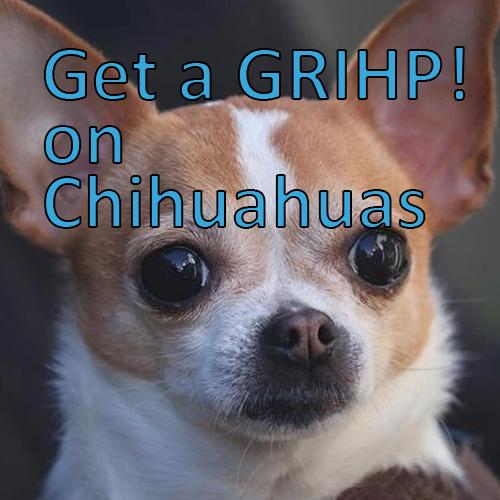


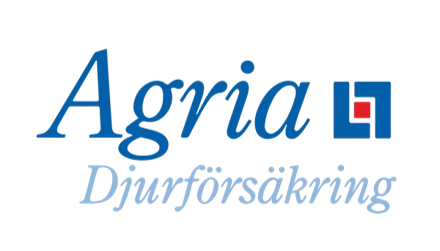
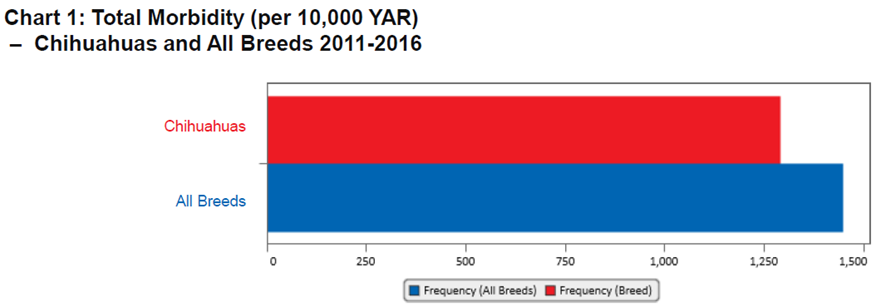
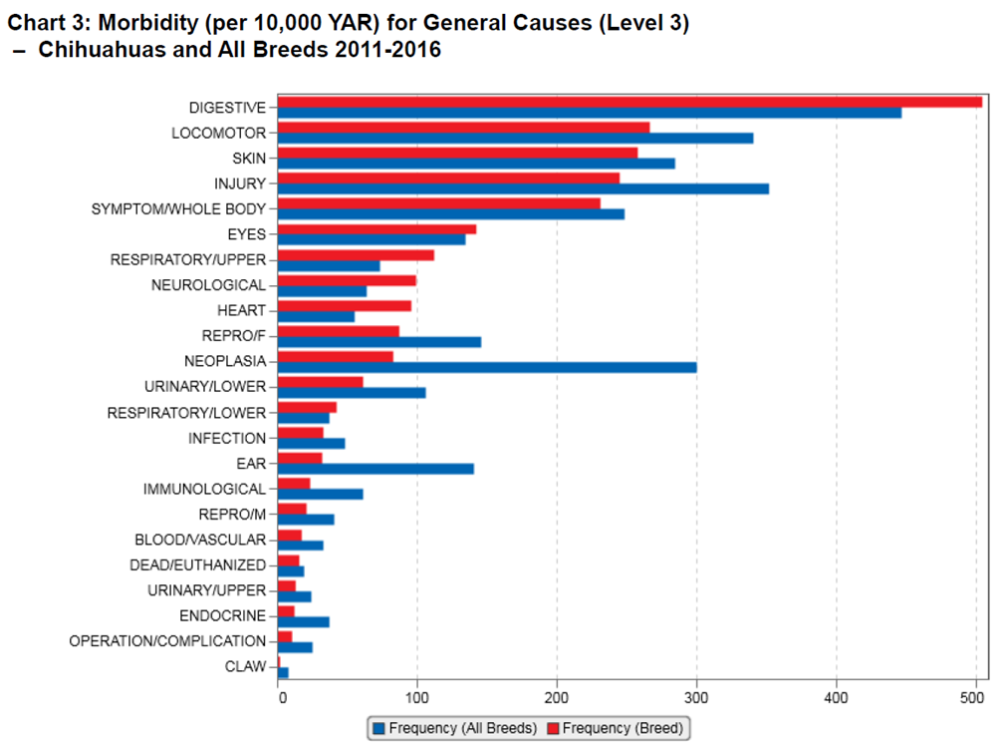
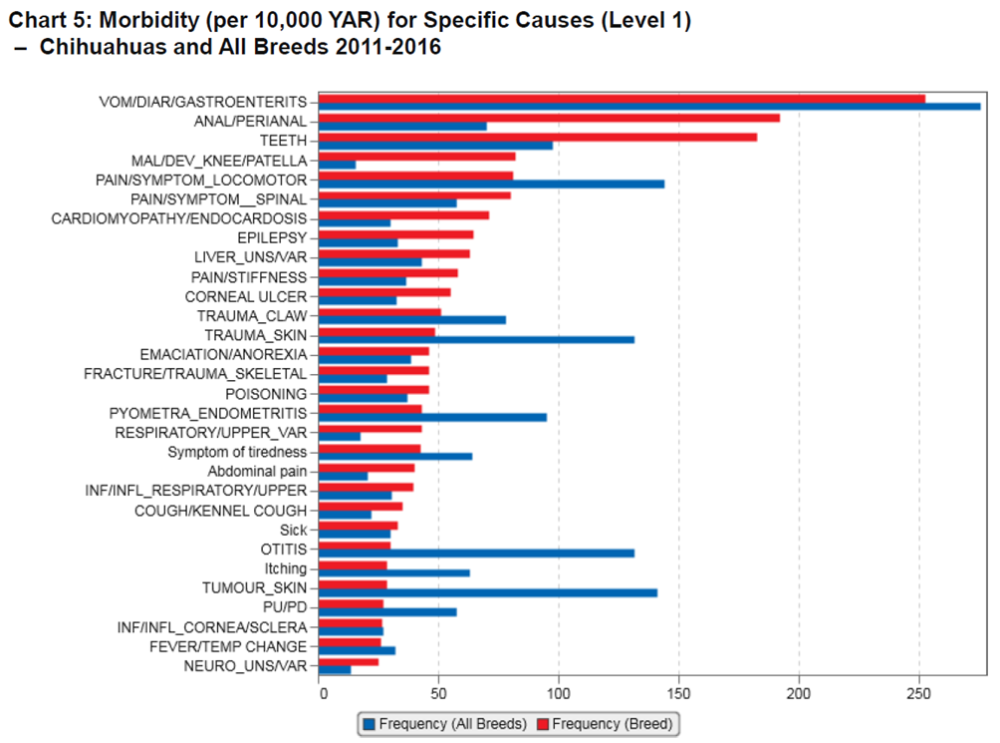
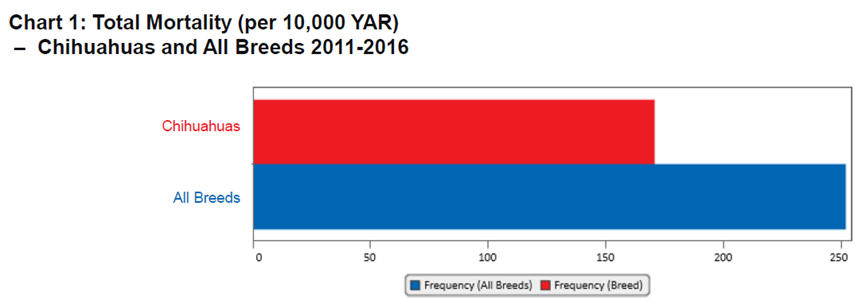
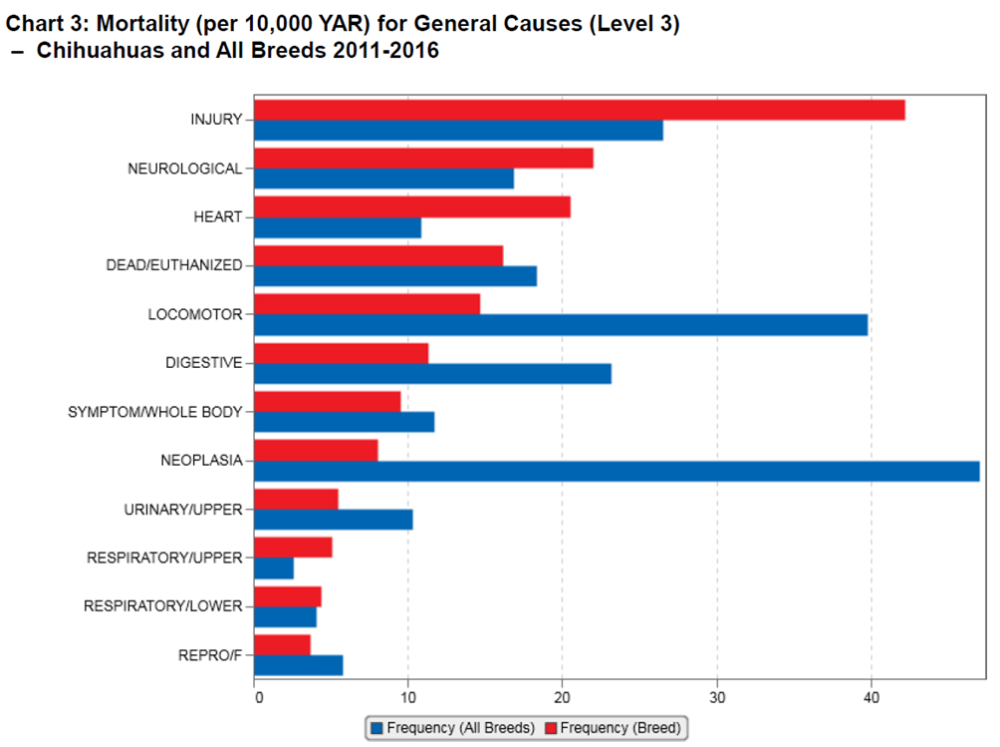
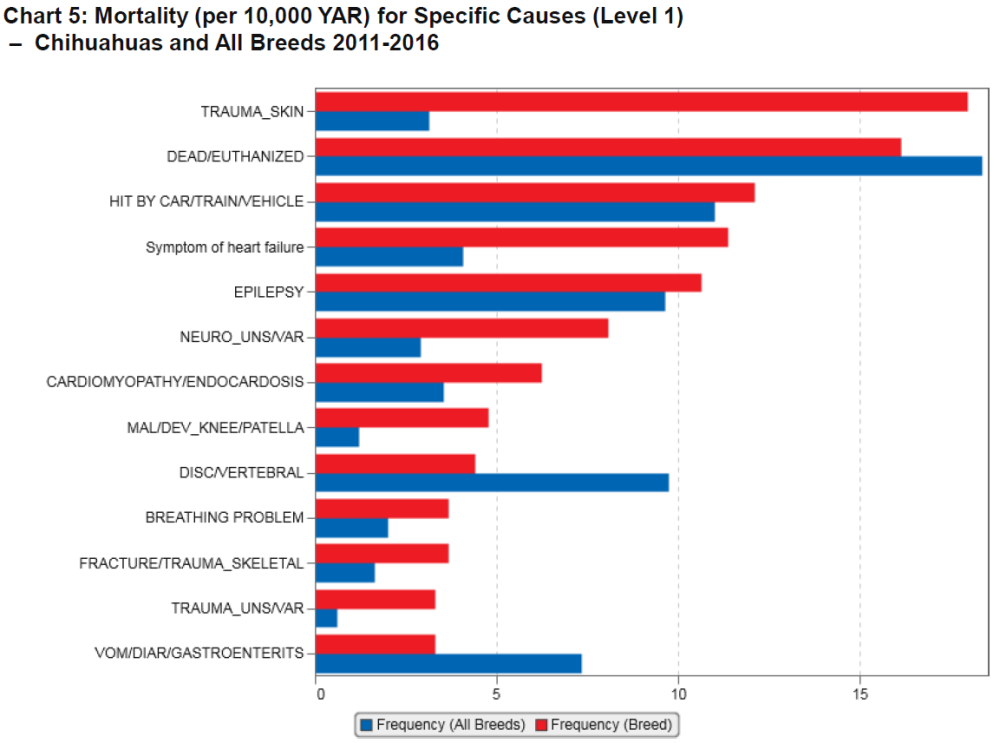
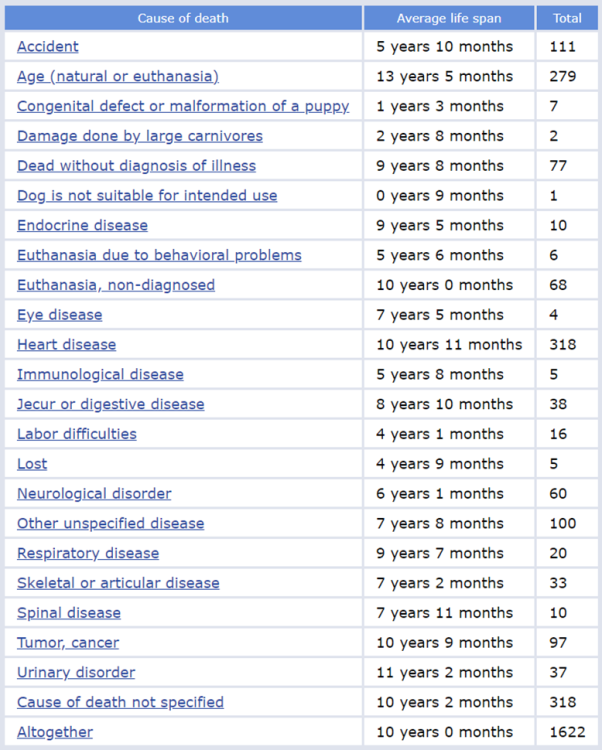

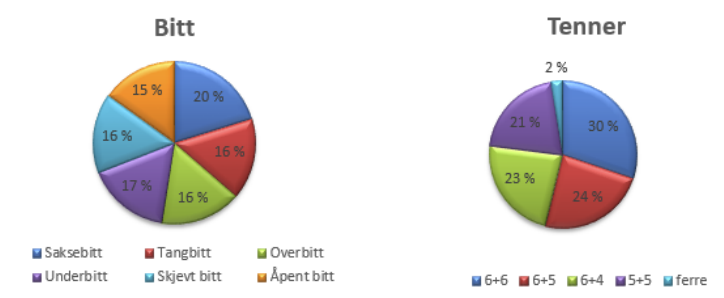



Recommended Comments
There are no comments to display.
Join the conversation
You can post now and register later. If you have an account, sign in now to post with your account.
Note: Your post will require moderator approval before it will be visible.